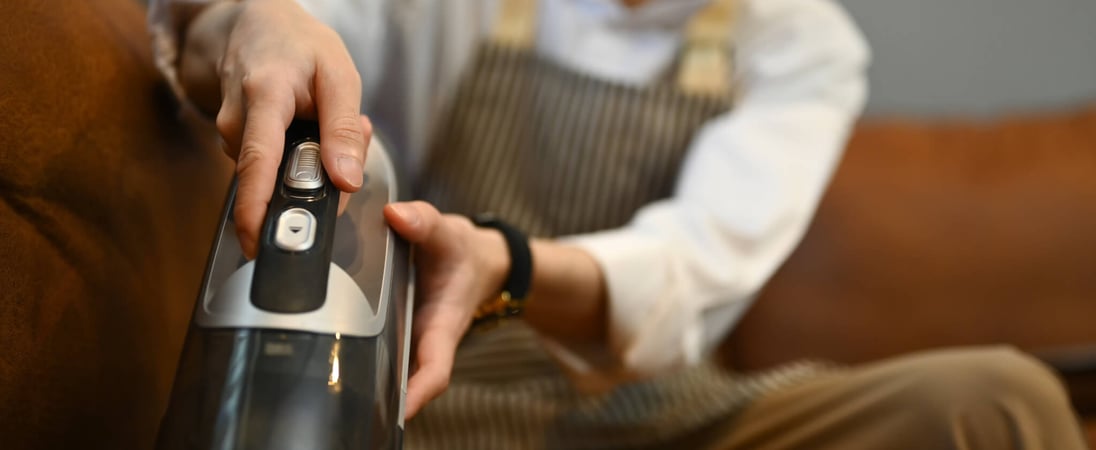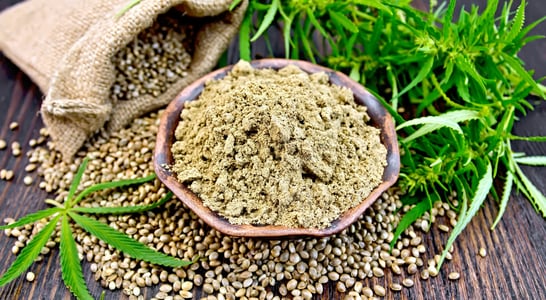
Create a Vacuum Day
Create a Vacuum Day is a quirky and fun holiday that challenges us to explore the fascinating concept of vacuums.
This day encourages curiosity and hands-on learning. Whether you’re a science enthusiast or just looking for a unique way to spend the day, it offers a chance to understand the principles behind creating a vacuum.
The day isn’t just about vacuum cleaners but delves into the science of empty spaces, making it both educational and entertaining.
Celebrating Create a Vacuum Day allows people to see the science in everyday life. Creating a vacuum involves reducing the pressure inside a space to below that of the surrounding area.
This simple yet intriguing idea can be applied to household items like jars, balloons, and candles. The day inspires people to try experiments at home, making it an excellent opportunity for families and friends to bond over scientific exploration.
This holiday is important because it brings attention to the often-overlooked concept of vacuums, which play a crucial role in various technologies.
From the light bulbs in our homes to the chips in our smartphones, vacuum technology is integral to many inventions.
By celebrating Create a Vacuum Day, we appreciate the science that makes modern conveniences possible, fostering a greater understanding and appreciation of the world around us.
How to Celebrate Create a Vacuum Day
Try Fun Experiments
Grab household items like jars, balloons, and candles. Test how a vacuum forms by sucking air out of containers. Witness the magic as objects move in surprising ways. This playful activity brings science to life.
Host a Science Party
Invite friends over for a quirky science-themed party. Set up stations with different vacuum experiments. Each guest can try creating a vacuum with various items. It’s a fun way to learn and share the wonder of science.
DIY Vacuum Cleaner Challenge
Challenge everyone to build their own mini vacuum cleaner. Use materials like small motors, plastic bottles, and batteries.
Compare whose invention works best. This hands-on activity is both educational and entertaining.
Watch Science Videos
Gather the family and watch educational videos about vacuums. Many online platforms offer fascinating clips explaining vacuum science. This is a relaxing way to dive into the topic and spark curiosity.
Visit a Science Museum
Visit a local science museum. Many exhibits demonstrate the principles of vacuums and air pressure. Seeing professional displays can enhance understanding and appreciation of the science behind vacuums
History of Create a Vacuum Day
Create a Vacuum Day has captured the interest of many. It is celebrated annually to highlight the intriguing science of vacuums, both in everyday objects and in advanced technology.
The day encourages people to explore the concept of a vacuum, which is a space devoid of matter. This idea has fascinated scientists and philosophers for centuries.
The Greek philosopher Democritus first proposed the idea of a vacuum in 460 B.C., and later, scientists like Blaise Pascal and Evangelista Torricelli conducted significant experiments in the 17th century to understand and prove the existence of vacuums.
Create a Vacuum Day was likely started by a science enthusiast or educator to promote interest in physics and science experiments. The day serves as an opportunity for everyone to learn more about how vacuums work and their applications in everyday life, from light bulbs to smartphone technology.
Also on ...
View all holidaysNational Homemade Soup Day
Savor every spoonful of warm and comforting goodness made with fresh ingredients, perfect for any day or mood. A hug in a bowl!
National Girls and Women in Sports Day
Historically avoided for reasons such as being “unladylike”, or myths as ridiculous as being bad for the reproductive system, sports have now been shown to provide a number of positive impacts on girls and women!








